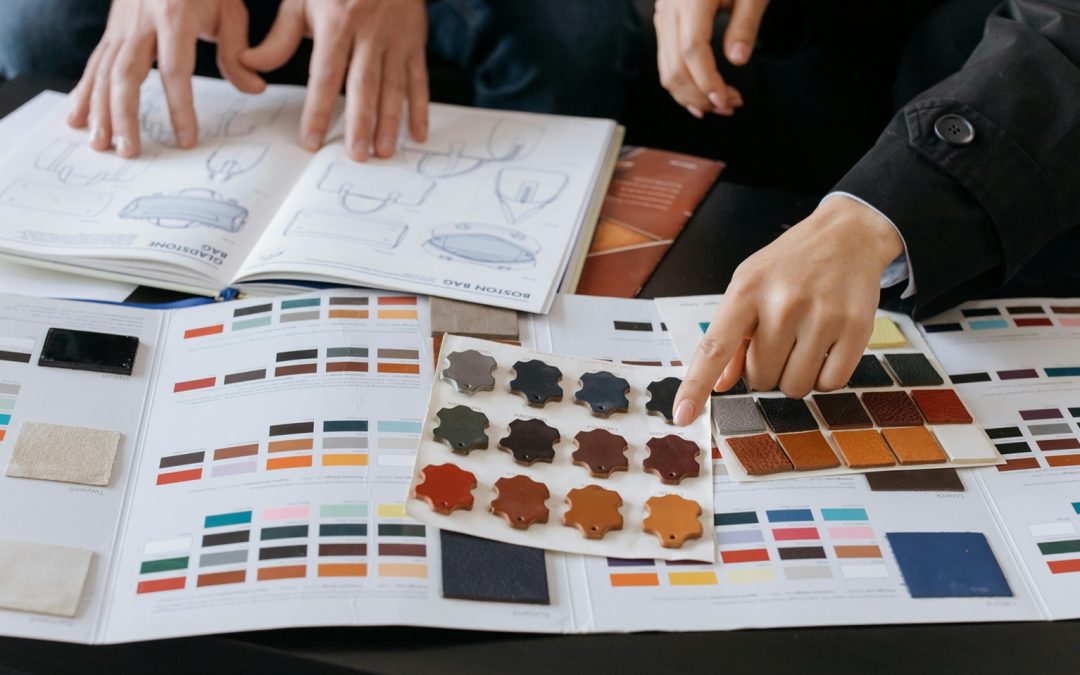When it comes to maintaining a home, the roof is arguably one of the most critical components, protecting everything underneath from the elements. Whether you’re looking at installing a new roof or repairing an existing one, understanding the fundamentals of roofing can save you time, money, and a lot of hassle. This article explores essential roofing considerations that every homeowner should be aware of.
Types of Roofing Materials
One of the first decisions you’ll face when considering a roofing project is the type of material to use. The market offers a variety of options, each with its own advantages and drawbacks.
Asphalt Shingles
Asphalt shingles are among the most popular roofing materials due to their cost-effectiveness and ease of installation. They come in various colors and styles, making them suitable for many architectural styles.
Metal Roofing
Metal roofs are known for their durability and longevity. They can withstand severe weather conditions and are fire-resistant. Additionally, metal roofs are environmentally friendly, as most are made from recycled materials and are 100% recyclable at the end of their life.
Slate and Tile
Slate and tile roofs are chosen for their aesthetic appeal and longevity. While they are more expensive upfront, they can provide a distinctive look and significantly increase a home’s value.
Green Roofing
For those interested in sustainability, green roofs are an appealing option. These living roofs are covered with vegetation that can help insulate your home, reduce water runoff, and lower urban air temperatures.
Importance of Proper Installation
No matter the type of roofing material you choose, proper installation is crucial. A poorly installed roof can lead to numerous problems, such as leaks and structural damage, which could cost more in the long run. Hiring experienced professionals for installation is essential to ensure your roof is set up correctly and efficiently.
Maintenance and Repair
Regular maintenance is vital to extending the lifespan of your roof. This includes cleaning gutters, inspecting for damage, and ensuring that any repairs are carried out promptly. Neglecting roof maintenance can lead to severe issues, potentially resulting in costly repairs or even a complete replacement.
Inspection
It’s advisable to have your roof inspected by a professional at least once a year. These inspections can help catch potential issues early before they become major problems.
Repair
When damage is noticed, addressing it quickly can prevent further deterioration. Common issues like missing shingles or minor leaks can be fixed relatively easily, but delaying repairs can lead to more significant problems.
Energy Efficiency
Your roof plays a significant role in the energy efficiency of your home. Choosing the right materials and proper insulation can help keep your home cooler in the summer and warmer in the winter, reducing your energy bills.
Cool Roofs
Installing a cool roof, which is designed to reflect more sunlight and absorb less heat than a standard roof, can further enhance energy efficiency. These roofs are particularly beneficial in hot climates.
Cost Considerations
The cost of a new roof or repairs can vary widely depending on the materials chosen, the size of the roof, and the complexity of the job. Getting multiple quotes from contractors is wise to ensure you are getting a fair price. Additionally, consider the long-term savings associated with more durable and energy-efficient materials.
Conclusion
A well-chosen and properly maintained roof can enhance the aesthetic appeal of your home, improve its energy efficiency, and provide security and protection for years to come. Whether you are repairing a damaged roof or choosing materials for a new one, understanding your options and the importance of professional installation cannot be overstated.

Recent Comments